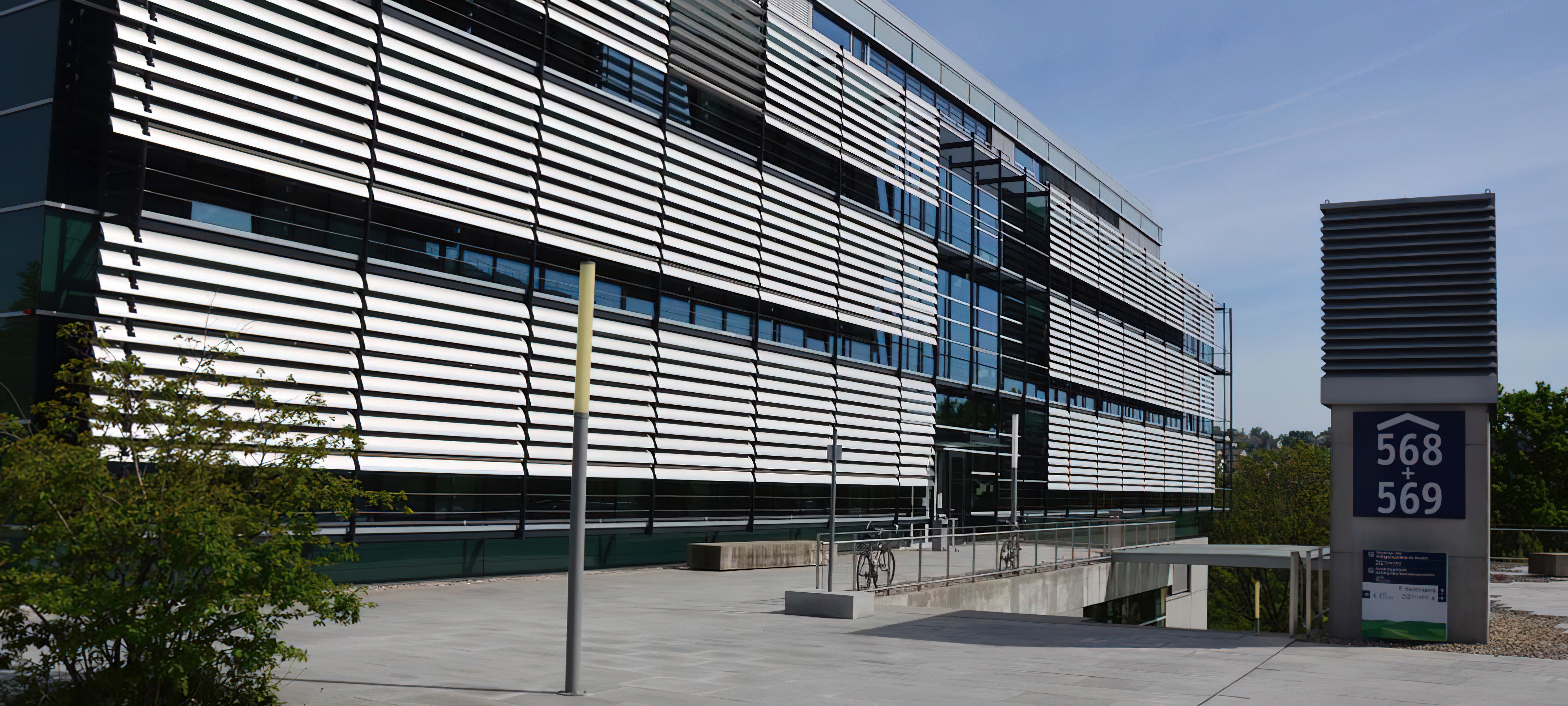Abstract:
Neural model for the visual tuning properties of action-selective neurons in premotor cortex The visual recognition of goal-directed movements is crucial for the learning of actions, and possibly for the understanding of the intentions and goals of others. The discovery of mirror neurons has stimulated a vast amount of research investigating possible links between action perception and action execution [1,2]. However, it remains largely unknown what the precise nature of this putative visuo-motor interaction is, and which relevant computational functions can be accomplished by purely visual processing. Here, we present a neurophysiologically inspired model for the visual recognition of grasping movements from videos. The model shows that the recognition of functional actions can be accounted for to a substantial degree by the analysis of spatio-temporal visual features using well-established simple neural circuits. The model integrates a hierarchical neural architecture that extracts form information in a view-dependent way accomplishing partial position and scale invariance [3,4,5]. It includes physiologically plausible recurrent neural circuits that result in temporal sequence selectivity [6,7,8]. As a novel computational step, the model proposes a simple neural mechanism that accounts for the selective matching between the spatial properties of goal objects and the specific posture, position and orientation of the effector (hand). Opposed to other models that assume a complete reconstruction of the 3D effector and object shape our model is consistent with the fact that almost 90 % of mirror neurons in premotor cortex show view-tuning. We demonstrate that the model is sufficiently powerful for recognizing goal-directed actions from real video sequences. In addition, it correctly predicts several key properties of the visual tuning of neurons in premotor cortex. We conclude that the recognition of functional actions can be accomplished by simple physiologically plausible mechanisms, without the explicit reconstruction of the 3D structures of objects and effector. Instead, prediction over time can be accomplished by the learning of spatio-temporal visual pattern sequences. This ‘bottom-up’ view of action recognition complements existing models for the mirror neuron system [9] and motivates a more detailed analysis of the complementary contributions of visual pattern analysis and motor representations on the visual recognition of imitable actions. References [1] Di Pellegrino, G. et al. (1992): Exp. Brain Res. 91, 176-180. [2] Rizzolatti, G. and Craighero, L. (2004): Annu. Rev. Neurosci. 27, 169-192. [3] Riesenhuber, M. and Poggio, T. (1999): Nat. Neurosci. 2, 1019-1025. [4] Giese, A.M. and Poggio, T. (2003): Nat. Rev. Neurosci. 4, 179-192. [5] Serre, T. et al. (2007): IEEE Pattern Anal. Mach. Int. 29, 411-426. [6] Zhang, K. (1996): J. Neurosci. 16, 2112-2126. [7] Hopfield, J. and Brody, D. (2000): Proc Natl Acad Sci USA 97, 13919-13924. [8] Xie, X. and Giese, M. (2002): Phys Rev E Stat Nonlin Soft Matter Phys 65, 051904. [9] Oztop, E. et al. (2006): Neural Netw. 19, 254-271.




